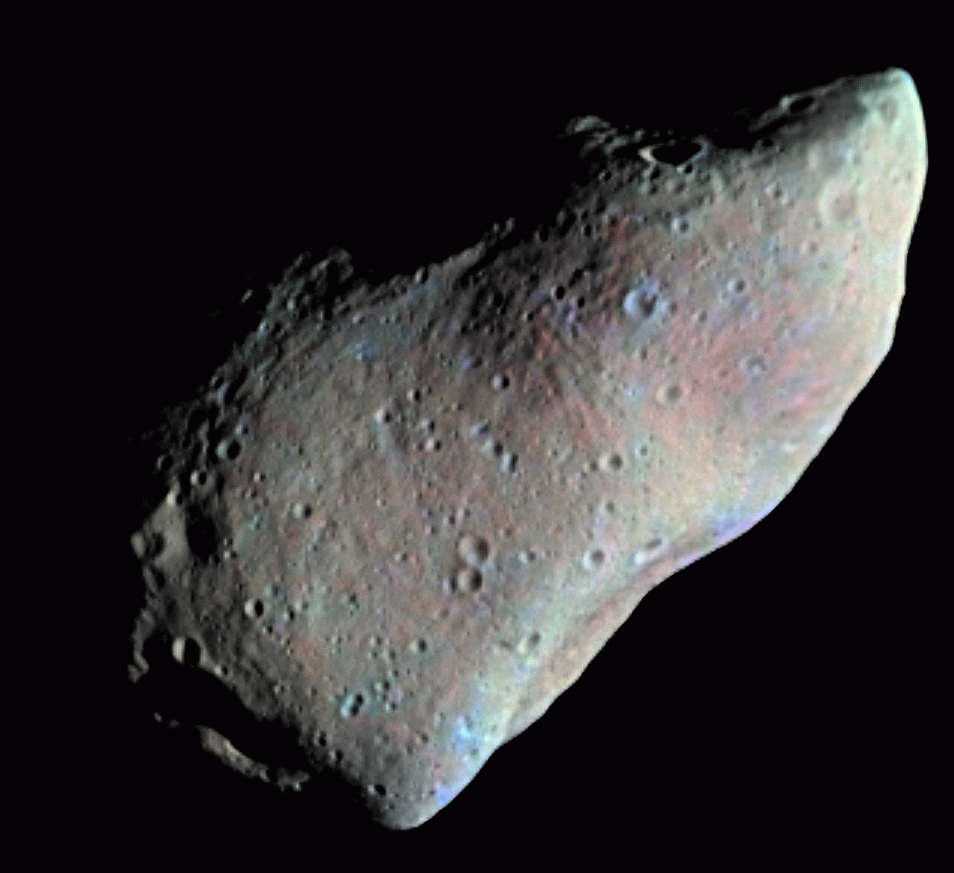

"It comes from where things ain't as they are here."
-H.P. Lovecraft, from The Colour out of Space
The impacts of asteroids and comets onto the Earth have ejected large numbers of life-bearing rocks into interplanetary and even into interstellar space. Shielded from cosmic rays, microbial life should remain indefintely viable when frozen into a large rock. Life-bearing rocks that have left our solar system are now wandering within an ever-widening torus that surrounds the sun's orbit around the galactic center. What are the chances that life from Earth has seeded a planet around another star?
This project will proceed in two largely independent parts (and hence can easily accomodate two students). The first aspect of the project consists of calculating the diffusion of life-bearing rocks into the galaxy, by integrating the trajectories of point particles leaving the solar circle (with the expected distribution of hyperbolic launches), and following them for 4 billion years in the galactic potential. The second phase of the project involves estimating capture cross sections presented by other planetary systems, and will use a scattering code approach. (See Laughlin & Adams, 1997, ''The Modification of Planetary Orbits in Dense Open Clusters", ApJ; Laughlin & Adams, 2000, "The Frozen Earth -- Binary Scattering Events and the Fate of the Solar System", Icarus). It is expected that planets within binary star systems will stand the best chance of being seeded by Earth-life-bearing meteorites. The paper resulting from this research will be submitted to the Journal Astrobiology.
resources
(1) Gladman, B. Dones, L., Levison, H., and Burns, J., "Impact Seeding and Re-Seeding of the Inner Solar System" Astrobiology (2004); In Press. Here is a .pdf preprint. This article describes the distribution of life-bearing impact ejecta from the Earth into the solar system and beyond.
(3) A version of integrator.f configured to determine the distribution of escape trajectories from the solar system is here.
home |
projects |